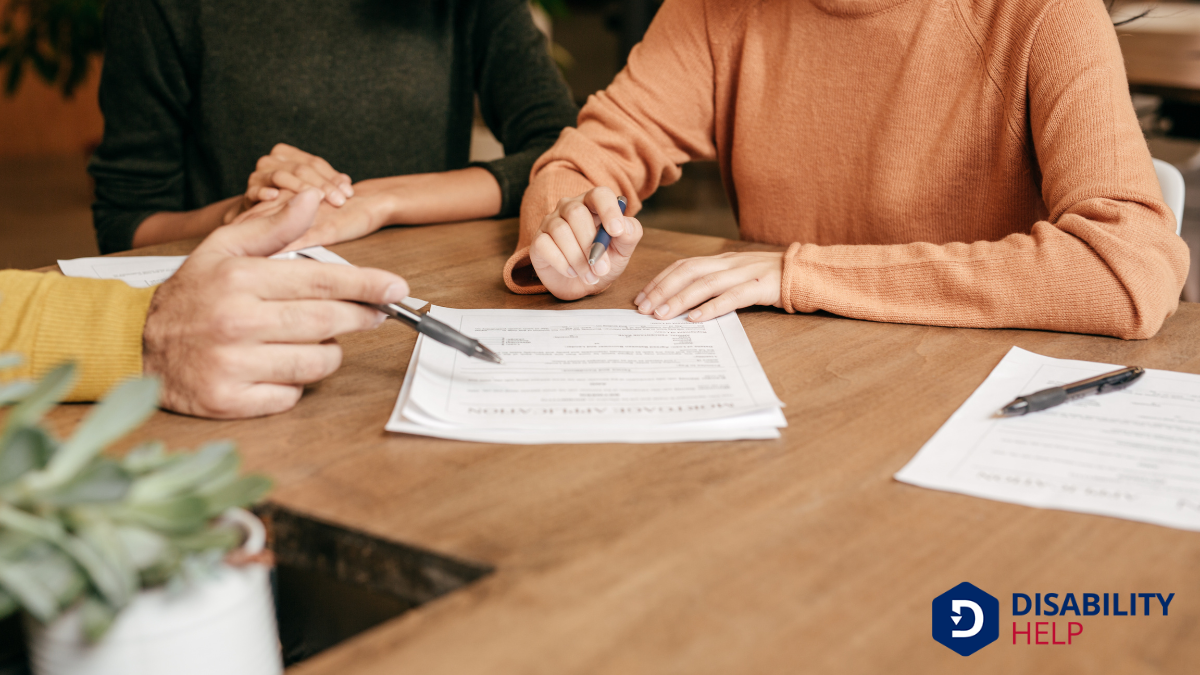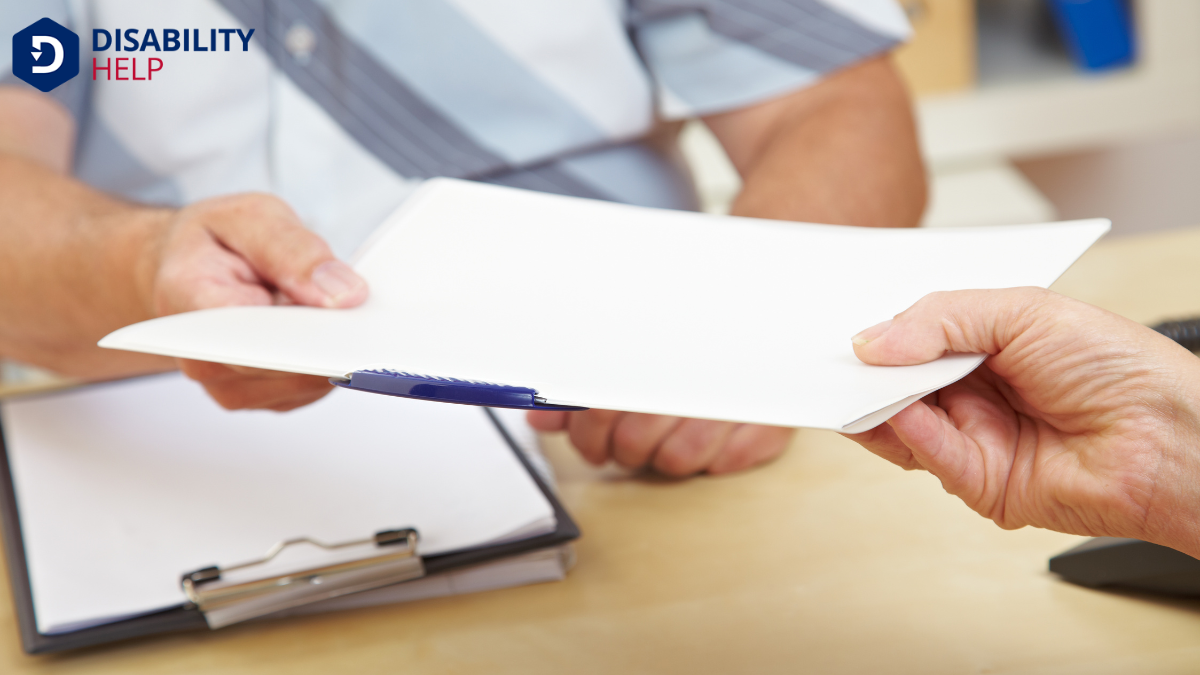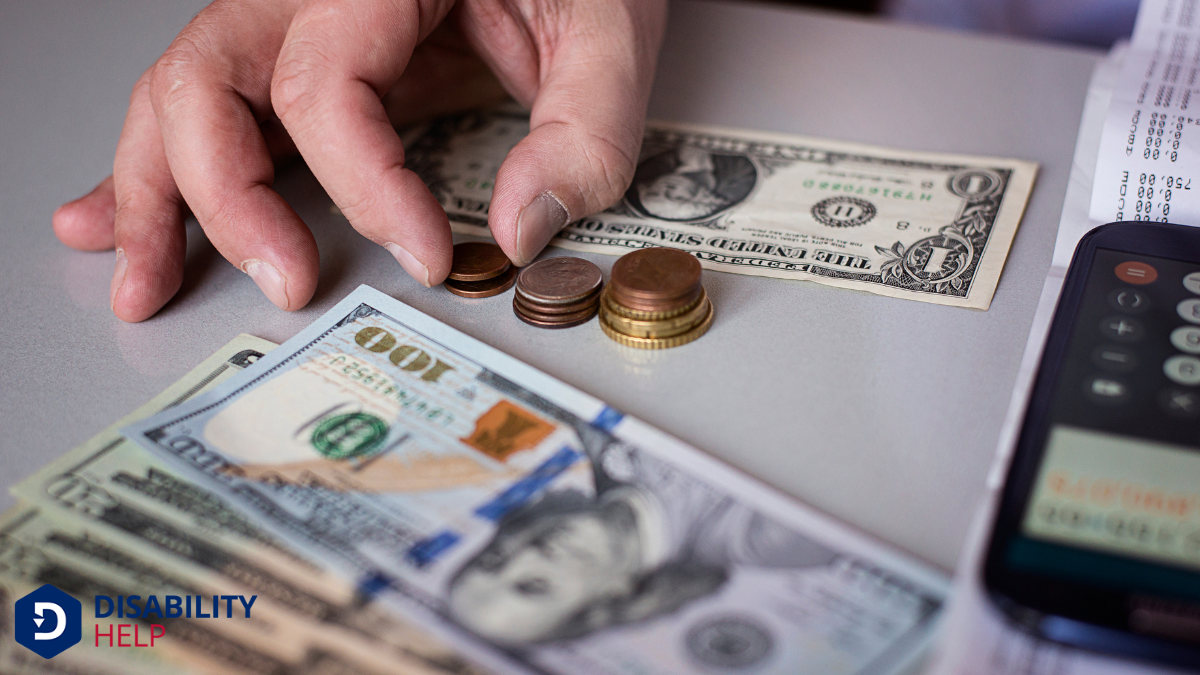To apply for short-term disability benefitsFinancial assistance provided to individuals who are unable to work due to a disability, such as Soc..., we first verify our eligibility by checking if our condition qualifies under the policy, ensuring we meet employment criteria, and understanding any waiting periods. Next, we gather medical and employment documents and accurately complete the application form for submission. It's important to follow up on our application status to catch any issues early. Exploring further, we'll uncover more steps to manage this process effectively.
Key Takeaways
- Obtain a copy of the short-term disability policy from your employer or human resources.
- Gather necessary medical and employment documentation, including medical records and proof of income.
- Complete the short-term disability application form thoroughly and accurately.
- Submit the application according to the specified instructions, keeping a copy for your records.
- Follow up regularly on the application status and maintain communication with the insurer.
Determine Eligibility for Short-Term Disability Benefits
Before we apply for short-term disability benefits, it's crucial to determine if we're eligible. First, let's check if our condition qualifies as a "disability" under our policy terms. Typically, this means an illness or injury that temporarily prevents us from performing our job duties.
We should also confirm that we've met any required waiting period, which can vary by employer or state.
Next, verify that our employment status fits the criteria. Generally, we need to be actively working at the time of disability onset. Part-time or temporary workers may have different eligibility rules.
Finally, let's check if we've exhausted other available leave options, as some policies require this before approving benefits. By understanding these criteria, we can confidently proceed with our application.
Understand Your Employer's Short-Term Disability Policy

Understanding your employer's short-term disability policy is essential to guarantee that we comprehend our rights and responsibilities.
First, let's obtain a copy of the policy from human resources or our employee handbook. We'll look for details on the waiting period before benefits begin and the percentage of income covered. Understanding these specifics helps us plan financially during our leave.
Next, let's identify the conditions covered and any exclusions. Some policies mightn't cover pre-existing conditions or certain types of injuries.
It's also important to note the duration of benefits, as this varies.
Finally, we need to be aware of the procedures for filing a claim, including notification timelines and any required forms. Knowing these elements helps us navigate the process smoothly.
Gather Required Medical and Employment Documentation
As we prepare to apply for short-term disability benefits, gathering the necessary medical and employment documentation is essential.
This process guarantees our application is complete and increases the likelihood of a smooth approval.
Here's what we need to focus on:
- Medical Records: Obtain detailed medical documentation from our healthcare provider. This should include diagnosis, treatment plans, and a statement of inability to work.
- Employer Verification: Secure a letter from our employer confirming our employment status, job duties, and salary information. This helps verify our eligibility for benefits.
- Personal Identification: Have copies of personal identification, like a driver's license or social security card, ready to confirm our identity.
Complete the Short-Term Disability Application Form
Now that we've gathered all the necessary documentation, let's focus on completing the short-term disability application form accurately.
It's vital that we fill out every section thoroughly and submit it promptly to avoid any delays in processing.
Gather Necessary Documentation
Before diving into the application process for short-term disability benefits, let’s guarantee we've all the necessary documentation ready.
Gathering these documents in advance can help streamline our application and avoid unnecessary delays. Here’s what we need to focus on:
- Medical Records: Collect recent medical reports that outline your condition and any treatments. These documents will support your claim by providing essential details about your disability.
- Employer Statement: Obtain a statement from your employer verifying your employment status, job duties, and recent work history. This helps establish your eligibility for benefits.
- Proof of Income: Compile pay stubs or tax returns to document your earnings. This information is vital to determine the benefit amount you may receive.
Submit Application Promptly
With our documents gathered, let's focus on submitting the short-term disability application promptly. Time is essential, and submitting our application without delay guarantees that we receive benefits as soon as possible.
Start by carefully completing the application form, verifying that all required fields are filled out accurately. Double-check for any errors or omissions that might cause delays. If we’re unsure about any section, consulting resources or asking for help can prevent mistakes.
Once the form is complete, submit it according to the instructions provided—whether online, by mail, or in person. Keep a copy of everything for our records.
Submit Your Application to the Appropriate Entity

To submit our application for short-term disability benefits, we must first identify the appropriate entity responsible for processing our claim.
It could be our employer's human resources department, an insurance provider, or a state agencyThe capacity of individuals with disabilities to act independently and make their own choices..
Here's how we can guarantee our application reaches the right place:
- Check with HR: Our company's HR department can guide us on whether they handle claims directly or if they're managed through a third-party provider.
- Review Insurance Policy: If we've a private disability insuranceA form of insurance that provides income to individuals who are unable to work due to a disability. plan, let's review the policy details to find the contact information for claims submission.
- State Programs: In some states, disability benefits are managed by a state agency.
We should visit their website for submission instructions.
Follow Up on Your Application Status
Let’s stay proactive by regularly checking the progress of our application.
If we notice any delays or have questions, it’s important to contact the insurance company directly for updates.
Additionally, we should guarantee that our personal information is current to avoid any unnecessary hiccups in the process.
Check Application Progress
How do we guarantee our short-term disability application is on track? Staying informed and proactive is key. Here’s how we can effectively check our application progress:
- Online Portals: Many insurance providers offer online systems where we can log in to monitor our application status. Regularly check these portals for updates or changes.
- Email Notifications: Let’s make certain we’ve opted in for email notifications. This way, we’re alerted firsthand about any movement or required actions regarding our application.
- Documentation Review: Double-check that we've submitted all necessary documents. Sometimes delays occur due to missing paperwork, so reviewing our submissions can prevent setbacks.
Contact Insurance Company
Contacting the insurance company is an essential step in ensuring our short-term disability application stays on track. By reaching out, we can confirm they've received our paperwork and clarify any uncertainties we might have.
It’s our chance to ask about expected processing times and any additional documentation they may need.
We should keep a record of all our communications, including dates, times, and the names of representatives we speak with. This information can be invaluable if we need to reference previous conversations or resolve any issues.
It's also beneficial to ask for a reference number for our inquiries, which helps track the progress of our application more efficiently.
Let's remember, clear communication with the insurance company can make the process smoother and give us peace of mind.
Update Personal Information
When updating our personal information, it’s vital we confirm all details are accurate and current to prevent delays in our short-term disability application.
Let’s make sure we do this effectively by following a few steps.
- Review Contact Details: Verify our phone number, email, and address. This guarantees the insurance company reaches us promptly with updates or requests.
- Check Employment Information: Update our employer’s name, address, and our position. This is important as it can impact benefits and eligibility.
- Verify Personal Identifiers: Double-check our Social Security number and date of birth. Errors here can lead to significant delays.
Prepare for Possible Appeals or Denials
Even though we've meticulously prepared our application for short-term disability benefits, there might still be instances where our claims are denied.
It's important to understand that denial isn't the end of the road. We can appeal the decision, but it's vital to act promptly and follow the process outlined by our insurer.
Gathering additional documentation, such as medical records or doctors' notes, can strengthen our case. We should review the denial letter carefully to address the specific reasons for denial in our appeal.
Staying organized and keeping copies of all correspondence will help us stay on track.
Manage Your Finances During the Waiting Period

Steering through the financial landscape during the waiting period for short-term disability benefits can be challenging but manageable with careful planning.
We can take proactive steps to guarantee our finances remain stable until the benefits kick in.
1. Budget Wisely: Let's analyze our current expenses and prioritize essentials like housing, utilities, and groceries.
Cutting non-essential spending will help stretch our resources.
2. Explore Resources: We should check for community programs or assistance that can provide temporary financial relief, such as food banks or utility assistance programs.
3. Communicate with Creditors: Contacting creditors to explain our situation may lead to temporary payment arrangements or deferments, easing the immediate financial burden.
Conclusion
We've walked through the steps together, and now it's time to take action. By understanding your eligibility, familiarizing yourself with your employer’s policy, and gathering all necessary documents, you're well-prepared to complete and submit your application. Don’t forget to follow up on its status and be ready for any appeals. Managing your finances during this period is essential, so plan ahead. We’re confident you’ll navigate this process successfully and secure the benefits you need.






